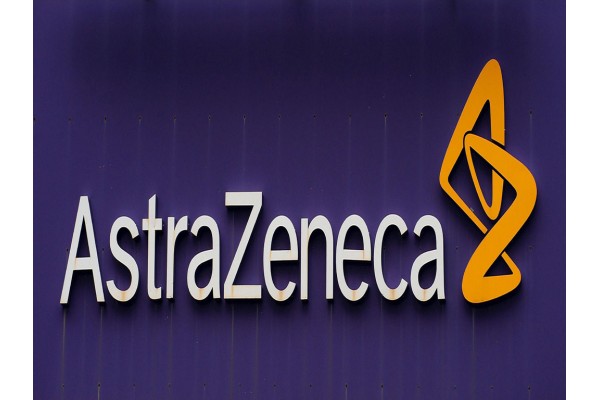Pharma giant AstraZeneca has seen a fourfold increase in research productivity following a narrowing of disease focus and cuts in laboratory and staff over the past seven years, Reutersreported Thursday.
In a company analysis, Reuters said the gains AstraZeneca has gained over the past several years have been made largely with fewer people, fewer company sites and less money. In 2011, AstraZeneca underwent a transformation to shrink its global research and development organization and revise the company’s R&D strategy. That plan was implemented prior to the arrival of current Chief Executive Officer Pascal Soriot who “since continued the shift to a deeper and narrower focus on priority therapeutic areas, notably cancer,” Reuters said.
Before implementing the new strategy, AstraZeneca had fallen below the industry average of successfully developing and commercializing a drug. The industry average was 6 percent while from 2005 to 2010, AstraZeneca had a success rate of 4 percent. But that all changed with the new strategy. Over the next five years, from 2012 to 2106, the plan paid off. AstraZeneca’s success rate spiked to 16 percent, Reuters noted. During that time period, the industry average of taking a drug all the way through development to commercialization remained unchanged.
Not only had AstraZeneca increased its success rate, Reuters said its analysis showed that during that same period, the company had reduced the number of drug development programs as well. Over that five year period, AstraZeneca had 75 projects that started at the discovery stage. That was a significant decline from 287 projects that begun between 2005 and 2010.
In an interview with Reuters, Mene Pangalos, AstraZeneca’s head of Innovative Medicines and Early Development unit, touted the approval jump from 4 percent to 16 percent. Pangalos said that he still wants the company to increase that rate.
Going from 4 percent to nearly 20 percent is something we are all very happy with but I still want us to do better ... we’re still failing 80 percent of the time, Pangalos told Reuters.
One AstraZeneca drug that is certainly helping boost the company’s development success rate, as well as its revenue streams, is Lynparza. Last week, the U.S. Food and Drug Administrationapproved Lynparza for use in patients with deleterious or suspected deleterious germline BRCA-mutated (gBRCAm), human epidermal growth factor receptor 2 (HER2)-negative metastatic breast cancer who have been previously treated with chemotherapy in the neoadjuvant, adjuvant or metastatic setting. That approval makes Lynparza the first PARP inhibitor approved in metastatic breast cancer, and the only PARP inhibitor approved beyond ovarian cancer, Dave Fredrickson, head of AstraZeneca’s oncology unit, said in a statement.
This morning, Lynparza was approved in Japan for patients with platinum-sensitive relapsed ovarian cancer.
Another AstraZeneca cancer drug, Imfinzi (duravulumab), could generate nearly $4 billion in annual sales if it gains regulatory approval for use in lung cancer. The FDA is set to rule on use of Imfinzi, a PD-L1 inhibitor, in lung cancer this year. The drug has been approved for some bladder cancers. The company filed the New Drug Application based on strong Phase III results.
Shares of AstraZeneca are trading at $35.37 as of 11:09 a.m.

 686
686


